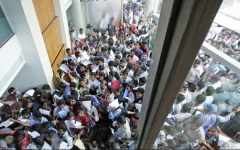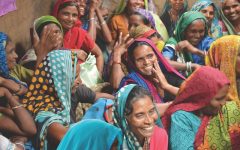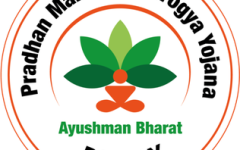Pradhan Mantri Virasat Ka Samvardhan (PM VIKAS)
January 27, 2025 2025-01-27 9:37Pradhan Mantri Virasat Ka Samvardhan (PM VIKAS)
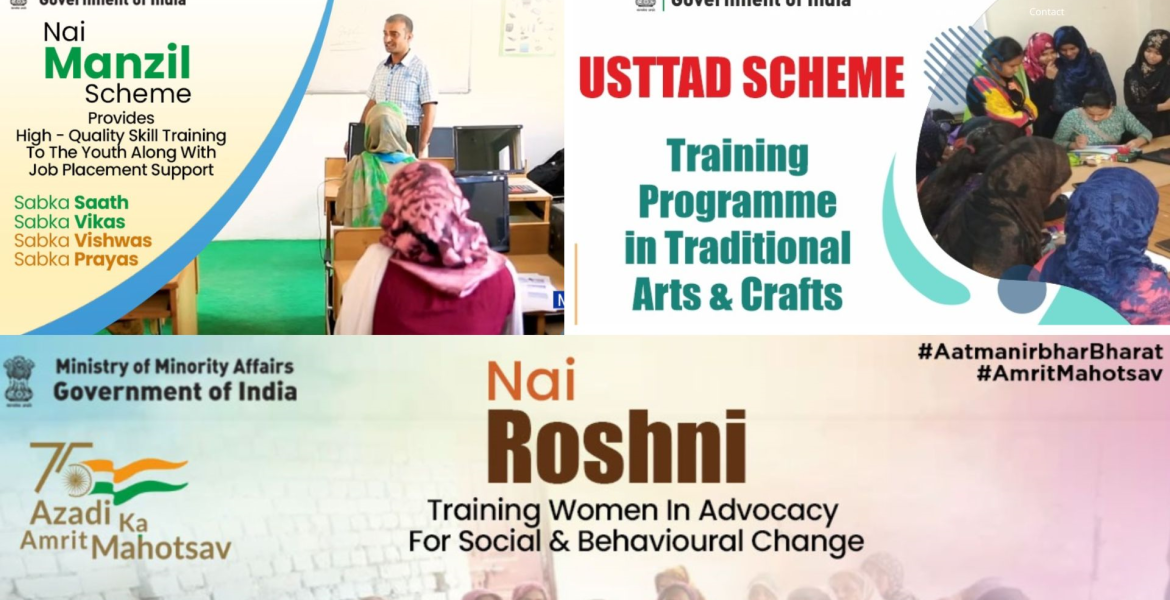
Pradhan Mantri Virasat Ka Samvardhan (PM VIKAS)
By Anagha S
What is PM VIKAS
The Pradhan Mantri Virasat Ka Samvardhan (PM VIKAS) program launched by the Ministry of Minority Affairs (MoMA), integrates five existing schemes to support India’s minority and artisan communities. This initiative aims to improve access to education, skill development and employment, providing pathways for enhanced income and sustainable livelihood. Key features include skill training, leadership and entrepreneurship development and educational support for marginalized groups, with a focus on preserving India’s traditional arts and crafts. For effective outcomes, recommendations emphasize program awareness, skill training aligned with market demands, financial inclusion and robust monitoring systems.
Background
Launched by MoMA, the PM VIKAS program consolidates the following five schemes: Seekho aur Kamao, USTTAD, Hamari Dharohar, Nai Roshni and Nai Manzil. These schemes aim to uplift minorities and artisans through targeted educational and employment initiatives. PM VIKAS addresses the socio-economic challenges faced by these communities by fostering skill development, facilitating access to credit and market linkages and promoting leadership, especially among women. The program also emphasizes the preservation of cultural heritage through arts and crafts training, aligning with national goals of economic and social inclusion.
Key Features
- Comprehensive Skill Development: PM VIKAS provides both traditional and non-traditional skill training tailored to current market demands, enhancing employability among minority youth.
- Educational Support for Dropouts: The program facilitates formal education and certification for school dropouts upto the 8th, 10th and 12th standards to bridge educational gaps.
- Leadership and Entrepreneurship Development: Special focus on empowering women through leadership and entrepreneurship training, promoting self-reliance and community leadership.
- Art and Craft Village Model: The ‘Hub and Spoke’ model, including Art and Craft Villages, aims to integrate arts with tourism creating ‘Vishwakarma Villages’ to enhance the cultural and economic vitality of artisan communities.
- Market and Credit Linkages: PM VIKAS establishes connections with financial institutions to support artisans’ businesses, making credit more accessible for entrepreneurial ventures.
Key Issues
- Limited Awareness: Community awareness of PM VIKAS is limited, reducing potential engagement and uptake.
- Skill Development Mismatch: Training programs sometimes lack alignment with market demands, impacting employability outcomes.
- Educational Accessibility: Dropouts face barriers in accessing formal education and may require additional support such as mentorship.
- Financial Barriers: Limited access to credit and financial services remains a challenge for entrepreneurial growth among minorities and artisans.
- Monitoring and Evaluation: Current mechanisms may not effectively track the program’s impact, limiting adaptive improvements.
Recommendations
- Enhanced Awareness and Outreach: Drive awareness through focused campaigns, leveraging digital platforms, local media and collaboration with community leaders to boost visibility and engagement with PM VIKAS. Targeted workshops can be conducted within communities to explain program benefits and opportunities.
- Industry-Aligned Skill Development: Align training programs with current industry demands and collaborate with private sector partners to provide practical, hands-on training. This approach will improve job-readiness and enhance employability, particularly among minority youth.
- Tailored Education and Mentorship: Address educational gaps with customized initiatives for school dropouts, offering open schooling certification and mentorship to ensure continuity and academic support. This personalized approach can reduce dropout rates and help bridge literacy and skill gaps within minority communities.
- Financial Inclusion and Credit Access: Improve access to credit by partnering with financial institutions to offer tailored financial services and literacy programs. This will facilitate entrepreneurial ventures within minority and artisan groups, enabling sustainable economic development through accessible financing options.
- Robust Monitoring and Evaluation (M&E): Establish a comprehensive, data-driven monitoring framework to evaluate program impact, enable adaptive changes and ensure accountability. Regular M&E will allow for ongoing feedback and fine-tuning, optimizing outcomes across different regions and community groups.
References
- Luthra, S. (2022, December 22). Around 40,000 women trained under Nai Roshni scheme in last 3 years: Irani. Mint. Retrieved from Mint.
- Ministry of Minority Affairs. (n.d.). Retrieved from Ministry of Minority Affairs.
- PTI. (2023, February 1). Budget 2023 | Funds for minority schemes slashed, allocation reduced 38% than last year. The Hindu. Retrieved from The Hindu.
